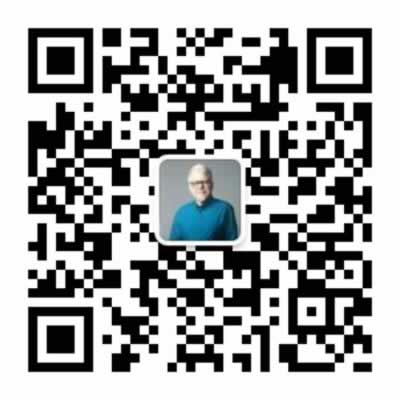15,000+
Chinese etymologies 字源
31,000+
Oracle characters 甲骨文
24,000+
Bronze characters 金文
49,000+
Seal characters 篆字
E00699 車8ECA → 车8F66
Traditional in your browser 繁体字的浏览器显示: 車
Traditional in Unicode standard 繁体字的Unicode标准: U+8ECA
Older traditional characters 旧繁体字/异体字: Not exist
Simplified in your browser 简体字的浏览器显示: 车
Simplified in Unicode standard 简体字的Unicode标准: U+8F66
Main pronunciation 主要发音: chē
Other pronunciations 其它发音:
Original meaning 本义: Meaning cart.
English senses 英语理解: cart, vehicle; carry in cart
Usage example 用法举例: 車子 chē zǐ (car)
Importance by frequency 常用频率: 369
Shuowen 说文解字: 輿輪之緫名夏后時奚仲所造象形凡車之屬皆從車
Character decomposition 字形分解 [?]:
Component 車 new-char 车 (name- cart-che 车車 chē)
Decomposition notes 字形分解说明 [?]:
(- two wheeled cart)
Simplification rule 简化规则 [?]: B014 车[車]
Simplification rule explained 简化规则说明 [?]:
new character cursive simplification 车車
Variant rule 异体规则 [?]: C999
Variant rule clarification 异体规则说明 [?]:
Not applicable.
Applied rules 应用规则 [?]: Not applicable.
New font rule 新字形规则 [?]: Not applicable.
Report issue 报错/留言Oracle characters 甲骨文 (13)
- J29285
- J29286
- J29287
- J29288
- J29289
- J29290
- J29291
- J29292
- J29293
- J29294
- J29295
- J29296
- J29297
Bronze characters 金文 (52)
- B19532
- B19533
- B19534
- B19535
- B19536
- B19537
- B19538
- B19539
- B19540
- B19541
- B19542
- B19543
- B19544
- B19545
- B19546
- B19547
- B19548
- B19549
- B19550
- B19551
- B19552
- B19553
- B19554
- B19555
- B19556
- B19557
- B19558
- B19559
- B19560
- B19561
- B19562
- B19563
- B19564
- B19565
- B19566
- B19567
- B19568
- B19569
- B19570
- B19571
- B19572
- B19573
- B19574
- B19575
- B19576
- B19577
- B19578
- B19579
- B19580
- B19581
- B19582
- B19583
Seal characters 说文解字的篆字 (1)
- S10685
Liushutong characters 六书通的篆字 (19)
- L08938
- L08939
- L08940
- L08941
- L08942
- L08943
- L08944
- L08945
- L08946
- L08947
- L08948
- L08949
- L08950
- L08951
- L08952
- L08953
- L08954
- L32461
- L32462
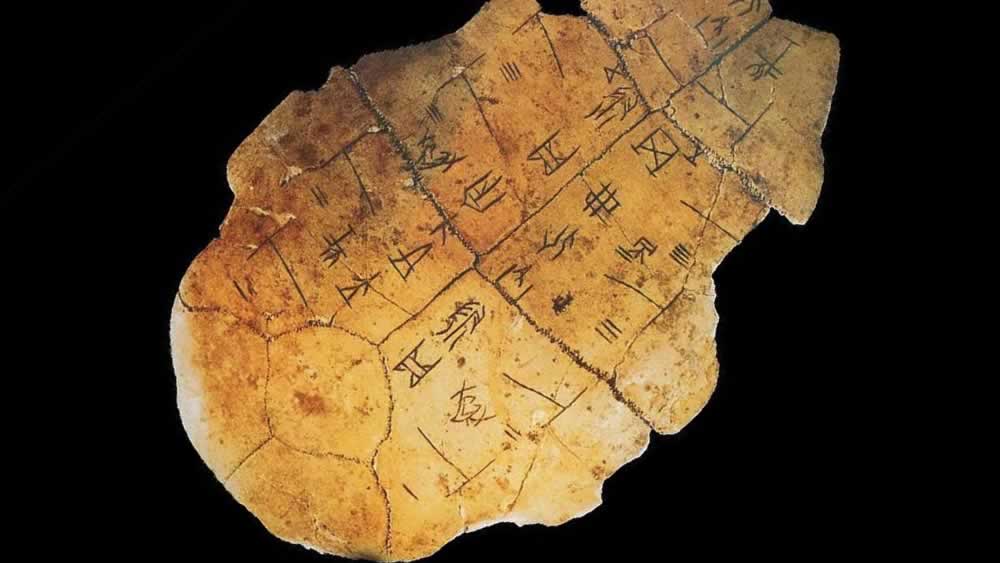
Chinese character and etymology research 汉字和字源研究
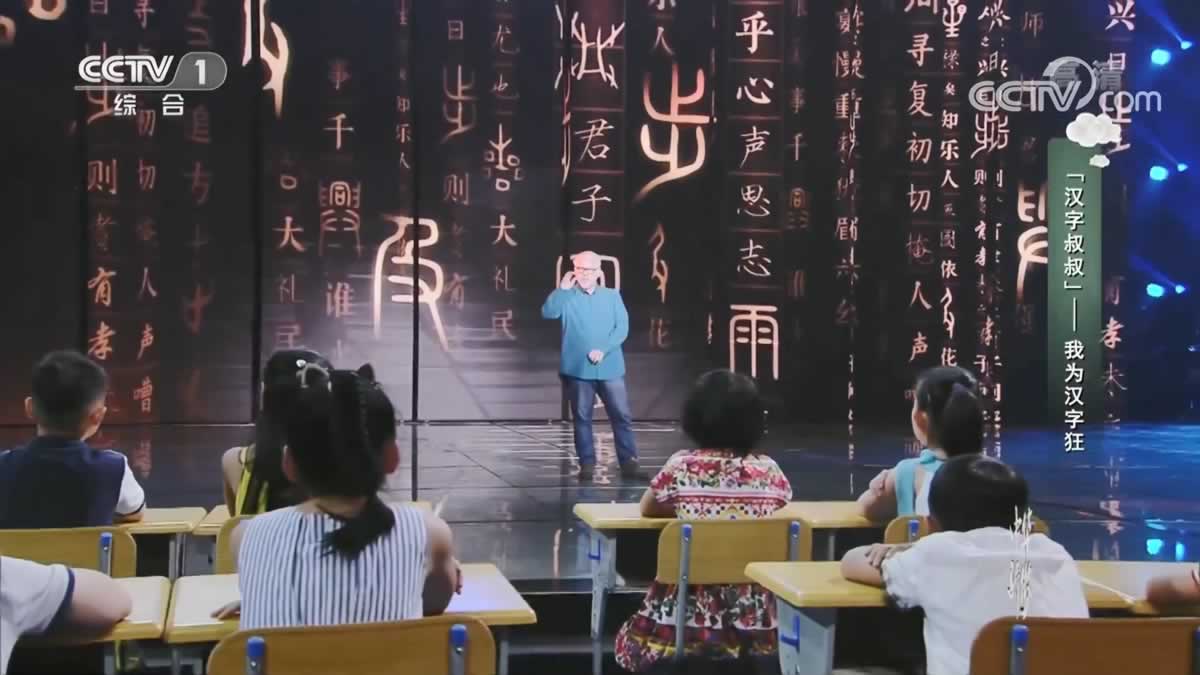
News 新闻
中国科学院自动化所: 汉字叔叔Richard Sears莅临研究所交流
2017-09-23新华网: “汉字叔叔”痴迷汉字终不悔
2017-03-11中国青年报: 美国“汉字叔叔”的中国故事
2015-04-15人民日报海外版: 美国“汉字叔叔”带给我们思考
2013-07-22人民网: 美国“汉字叔叔”:每个汉字都有美丽的故事
2013-07-08腾讯: 留住汉字叔叔
2012-08-27东方早报: 美国“汉字叔叔”面对的中国问题
2012-08-20南方人物周刊: “汉字叔叔”理查德·希尔斯 让汉字讲故事
2012-08-10人民网: “汉字叔叔”的中国梦
2012-08-07搜狐: 美国“汉字叔叔”的中国梦
2012-08-07中国网: 美国“汉字叔叔”的中国故事
2015-08-03词霸: 把甲骨文搬上网络的美国老头“汉字叔叔”
2012-08-02


About Uncle Hanzi - Richard Sears 关于汉字叔叔 - 理查德·西尔斯
When I was a young man of 22 I decided I wanted to learn Chinese. I worked hard for a year and bought a one-way ticket to Taiwan in 1972 with the idea that I would become fluent and literate in Chinese. I was not a particularly good student in the early days and found myself at the age of 40 and not able to read Chinese.
I was still faced with the prospect of learning to write about 5,000 characters and 60,000 character combinations. The characters were complex with many strokes and almost no apparent logic.
I found on the rare occasions when I could get a step by step evolution of the character from its original pictographic form, with an explanation of its original meaning and an interpretation of its original pictographs, suddenly it would become apparent how all the strokes had come to be.
The problem is that there is no book in English that adequately explains the etymology of all the characters, and even if you read Chinese there is no single book in Chinese that explains it all adequately. I also found that most explanations, even in Chinese are incorrect or doubtful. In short, it was a research project to understand each character. To have this information at my fingertips in English would have been a great help.
I found that almost all Chinese had learned to read and write by absolute blind memorization and almost no one had a clue where the characters actually came from.
At age 40, I got the idea that I needed to computerize the origins of Chinese characters so that I could sort out the crap from the truth. I started researching but did not get started actually doing it. At age 44 I had a near-fatal heart attack and after recovering, but not knowing when I might die, I decided I must get started.
During the past 25 years, I have accumulated a great deal of information, more than 96,000 ancient Chinese character forms from archeological sources which are now encapsulated in this website.
The goal is to explain the original forms and the original logic of each Chinese character.
My first website went online in 2002.
My website did not get much attention for the next few years. Until one day in 2011, when it suddenly got a lot of attention. I got a few thousand emails and a few million visitors and people started calling me 汉字叔叔 or Uncle Hanzi.
I decided to move to China, but things did not go entirely smoothly. I got kicked out of China about a year later because of a visa problem, but a story by my friend Dixin Yan saved my ass and got me a job at Beijing Normal University.
I kept getting more attention over the years
I have now spent the last 25 years working on this website and the results are provided with no advertisements. So please donate so I can continue to develop the site.
Donation 捐款
Please donate so I can keep my research since 1994, and keep the information updated and free without advertisements.
我从1994年开始自费研究古汉字. 请捐款, 这样我可以继续汉字研究, 持续免费提供这些内容, 并且没有广告干扰.
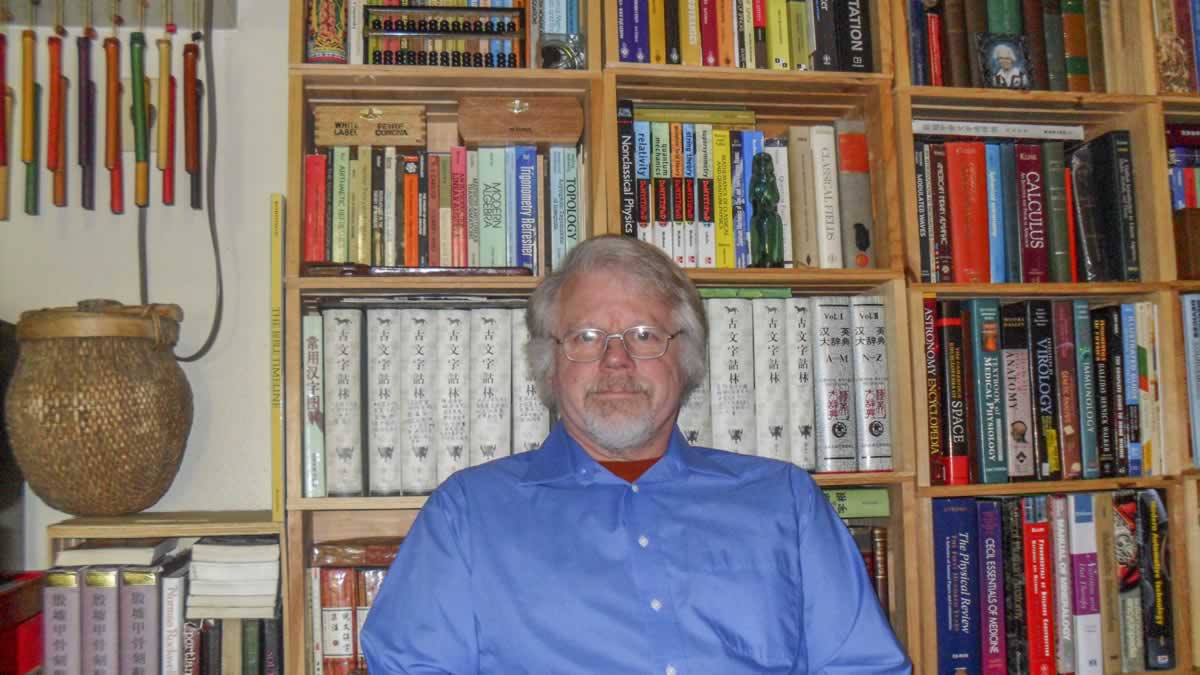
Contributors 贡献者
Ann Wu
I met Ann in 1994 shortly after moving to Silicon Valley. She was a recent immigrant from China and I needed someone to help me scan almost 96,000 characters and put them into a database, and to input the Shuowen. For the next 8 years, Ann was that person. Without Ann, I could never have completed my first website which finally went online in 2002.
I had a job most of the time which allowed me to pay her minimum wage, but sometimes when I was between jobs Ann would work for free.
Ann did not have a high education, which is very important in Chinese society. I never cared about a person‘s formal education I always look to see if they are smart or not and if they can learn or not and if they are willing to work on something until they get it right.
After a couple of years and after having input the Shuowen, I was talking to a well-known sinologist in China. He asked what qualifications Ann had.
I told him: She graduated from Junior high, but she has input the entire Shuowen which probably makes her more of an expert than any of your graduate students”. He agreed with me.
Because of Ann’s experiences during the culture revolution, she has always refused to be interviewed or take any of the limelight, even though she deserves it.
Ann still lives in California.
Dixin Yan 颜迪新
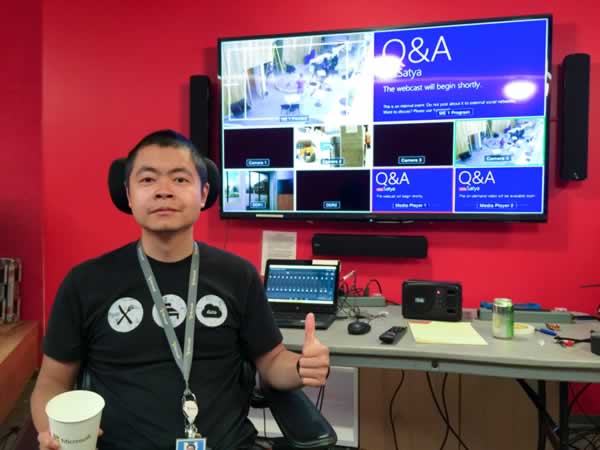
I had communicated with Dixin a couple of years before I became Uncle Hanzi. We communicated a few times. But it was not until 2011 that he affected my life. I was about to get kicked out of the country because of a misunderstanding about my visa. Dixin told my story on his Weibo page and many people came to my aid, finally resulting in me getting a visa and a teaching position teaching physics at Beijing Normal University for the next 4 years.
If it was not for Dixin's help then I would not be here today.
Dixin was a Software Development Engineer at Microsoft at the time and I finally met him face to face on a trip back to Oregon to see my mother and brother.
Most unfortunately, Dixin had spinal cord injury and has been paraplegic for the past several years. Dixin has been very brave in the face of unbelievable odds. He still is a great programmer and a great photographer and a great friend.
In the past several years I have become more well known in China and most recently, I was on a CCTV-1 program called “First Day Of School”. Dixin was interviewed and is now also known to many Chinese people. I hope this trend continues, he deserves it.
Most recently Dixin has been working on this new etymology website. My programming skills have fallen by the wayside over the years, but Dixin is still on the top of his field. He was an MVP (Microsoft Most Valuable Professional).
I hope Dixin can eventually recover from his physical condition and hopefully he will be involved in this project for a long time to come.
Dixin now lives in Seattle.
Dixin's technical blog: weblogs.asp.net/dixin
Dixin's photography: flickr.com/dixin
